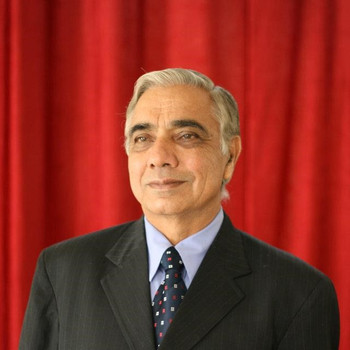What is ADP phosphorylation?
1 Answer
ADP phsphorylation is the addition of a phosphate group to ADP, converting it into ATP.
Explanation:
ADP is adenosine diphosphate . The covalent bonds binding phosphate groups to adenosine are energy rich bonds. Therefore, energy is required for the formation of these bonds attaching phosphate group.
In adenosine dipjosphate (ADP), two phosphate groups are attached. The attachment of phosphate group to ADP requires maximum energy as compared to attachment of first and second phosphate groups to adenosine.
ADP is converted into ATP, whenever energy is available.. This conversion of ADP into ATP is termed phosphorylation.
The phosphorylation is termed oxidative phosphorylation, if the energy used is released in certain oxidation reactions as in cellular respiration and termed photo-phosphorylation, if the energy used comes from light (solar energy) during photosynthesis.
ATP molecules have energy in storage form. Whenever energy is required for any metabolic reactions or other cellular activities, ATP is converted into ADP releasing energy.
ATP and ADP are thus commonly called currency of energy, as ATP is converted into ADP, whenever energy is needed and ADP is converted into ATP, whenever available free energy is to be stored.

